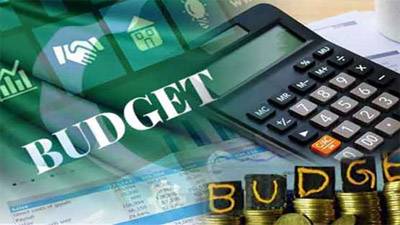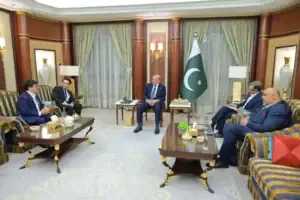Islamabad, May 13, 2025: Is Pakistan bracing for a tighter fiscal year ahead? The government has finalized its upcoming federal budget with the exchange rate benchmarked at Rs290 per US dollar, indicating a conservative yet realistic approach amid ongoing economic turbulence.
According to insiders, the govt plans budget on $290 as part of its broader strategy to stabilize macroeconomic indicators while anticipating a 3.6% depreciation in the rupee.
This budget projection arrives at a time when inflation hovers above 20%, and international debt repayments loom large.
Officials argue that anchoring the budget to Rs290/USD reflects market conditions and the International Monetary Fund’s (IMF) policy expectations.
It also sets the tone for expected foreign inflows, debt servicing estimates, and import financing needs.
Economic planners are working under significant pressure.
With talks underway for a new IMF Extended Fund Facility (EFF), the exchange rate assumption sends a clear message to investors: the government expects gradual rupee weakening but aims to avoid freefall.
In fiscal year 2024-25, Pakistan will need to repay external obligations exceeding $25 billion — a reality that demands strict fiscal discipline.
Adding to the challenge is a sluggish GDP growth projection of around 3.5%, far below the regional average.
Read More: Citigroup to Explore Future Investment Avenues in Pakistan
This, combined with the expected 3.6% fall in the rupee’s value, could limit the government’s fiscal room.
However, officials claim the budget will prioritize development spending, social protection, and industrial incentives, especially in sectors like textile exports and remittances, which are key to boosting foreign reserves.
What does this mean for businesses and citizens? Imports are likely to become costlier, putting pressure on fuel and food prices.
Meanwhile, exporters may benefit from a slightly weaker rupee, which improves competitiveness. S
till, policymakers are walking a tightrope — balancing economic realism with political feasibility in a pre-election year.
Analysts suggest that the assumed exchange rate may offer enough cushion to manage shocks, but global oil prices and geopolitical tensions could disrupt even the most carefully planned budget.
A slight deviation in assumptions might force mid-year revisions, a trend seen in previous fiscal cycles.
In conclusion, as the govt plans budget on $290, it reflects a cautious optimism rooted in current economic trends and policy imperatives.
The real test lies ahead — can this budget revive growth while containing inflation and reassuring lenders? Stakeholders across sectors must prepare for a year of measured risks and strategic reforms.









